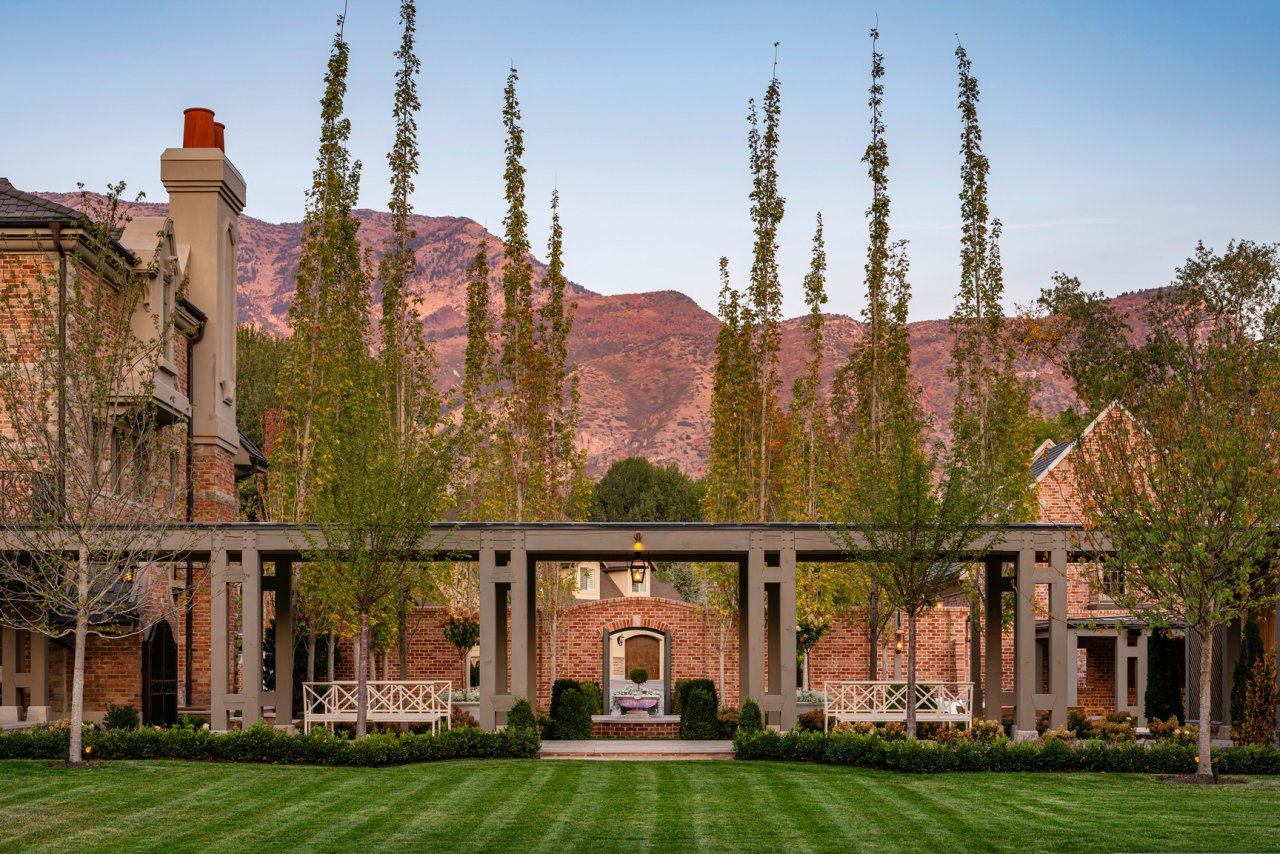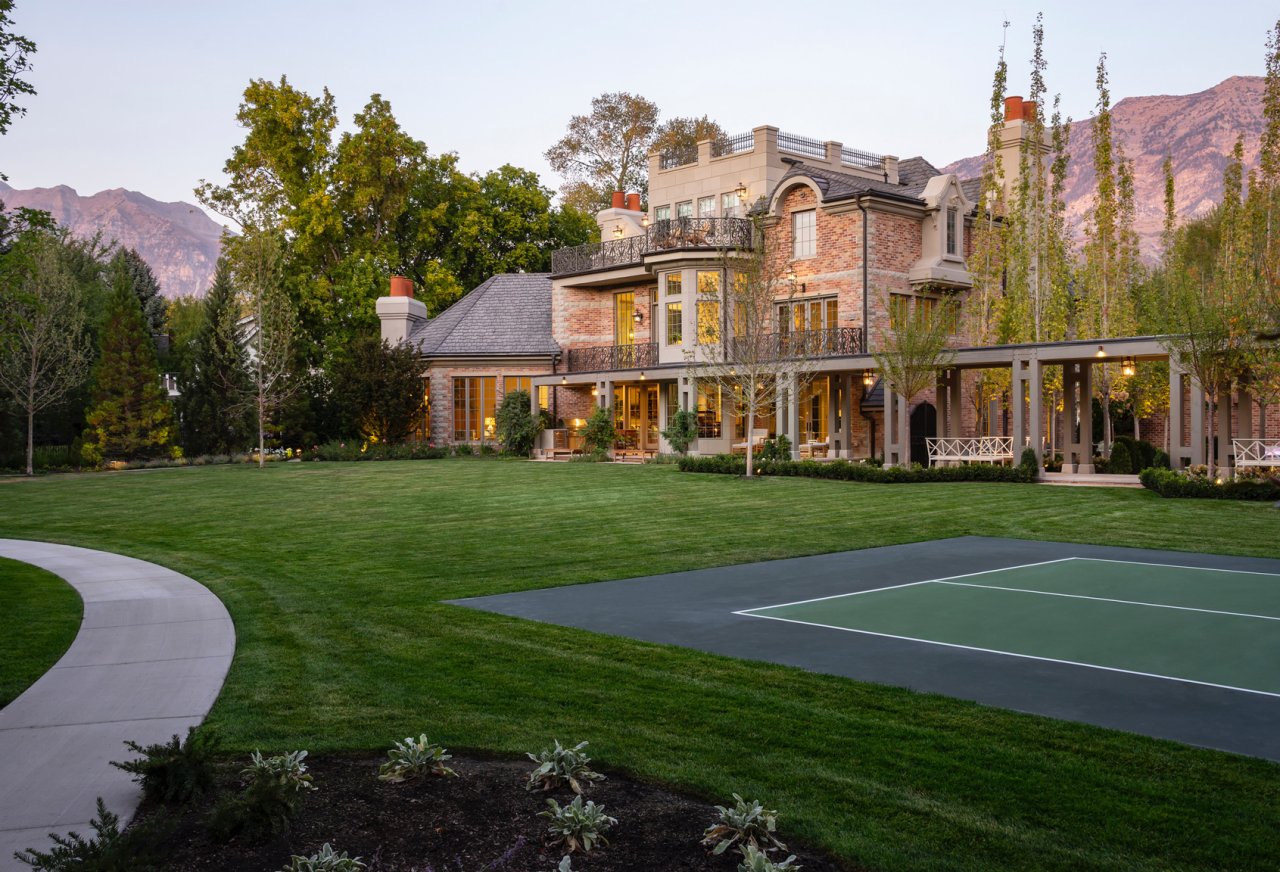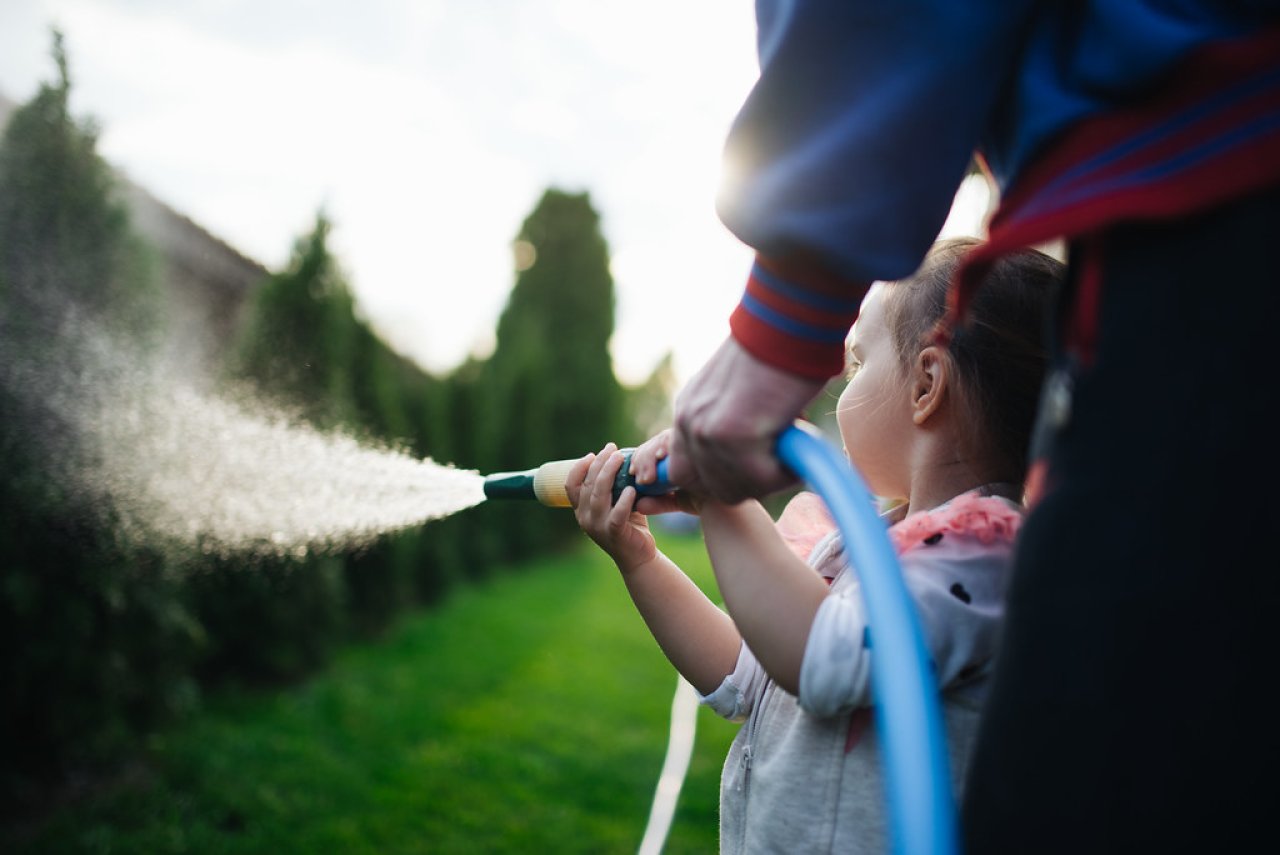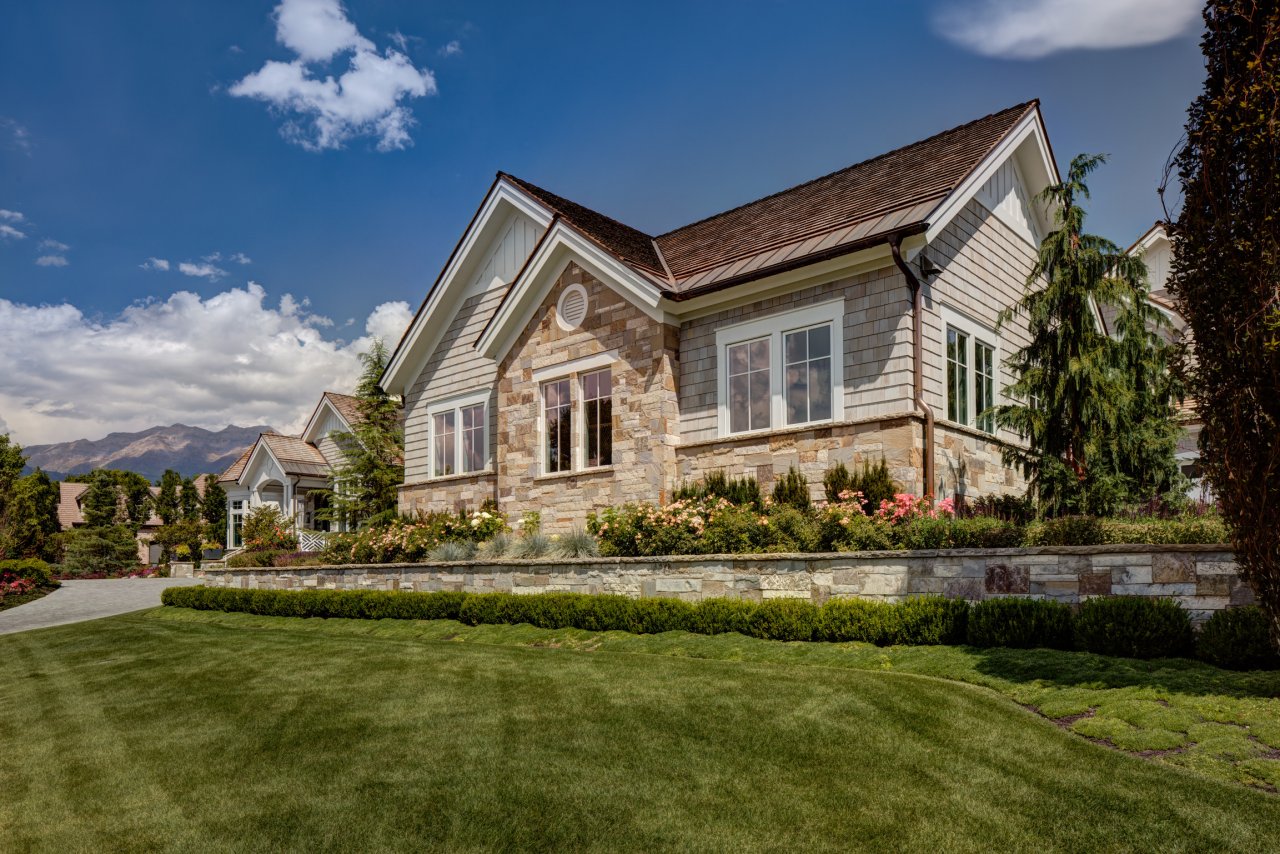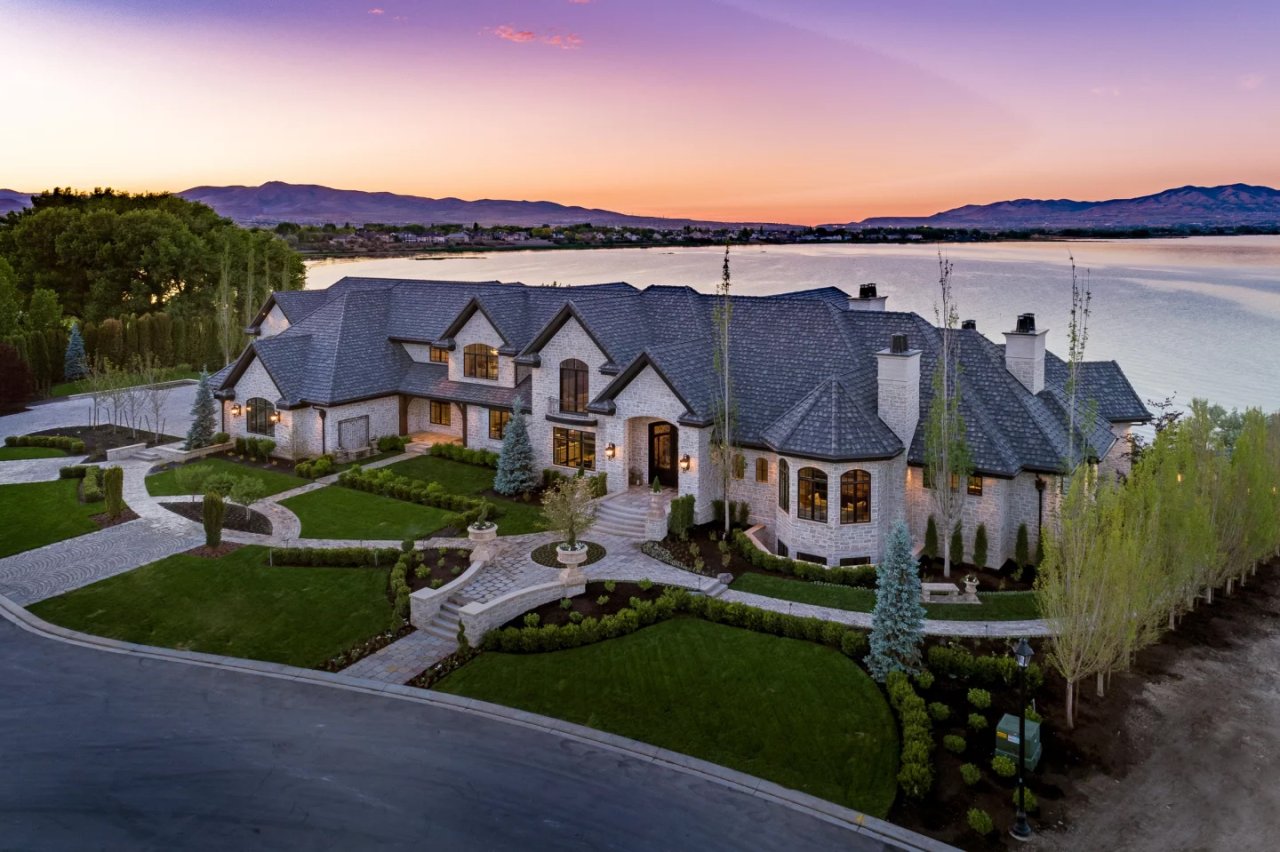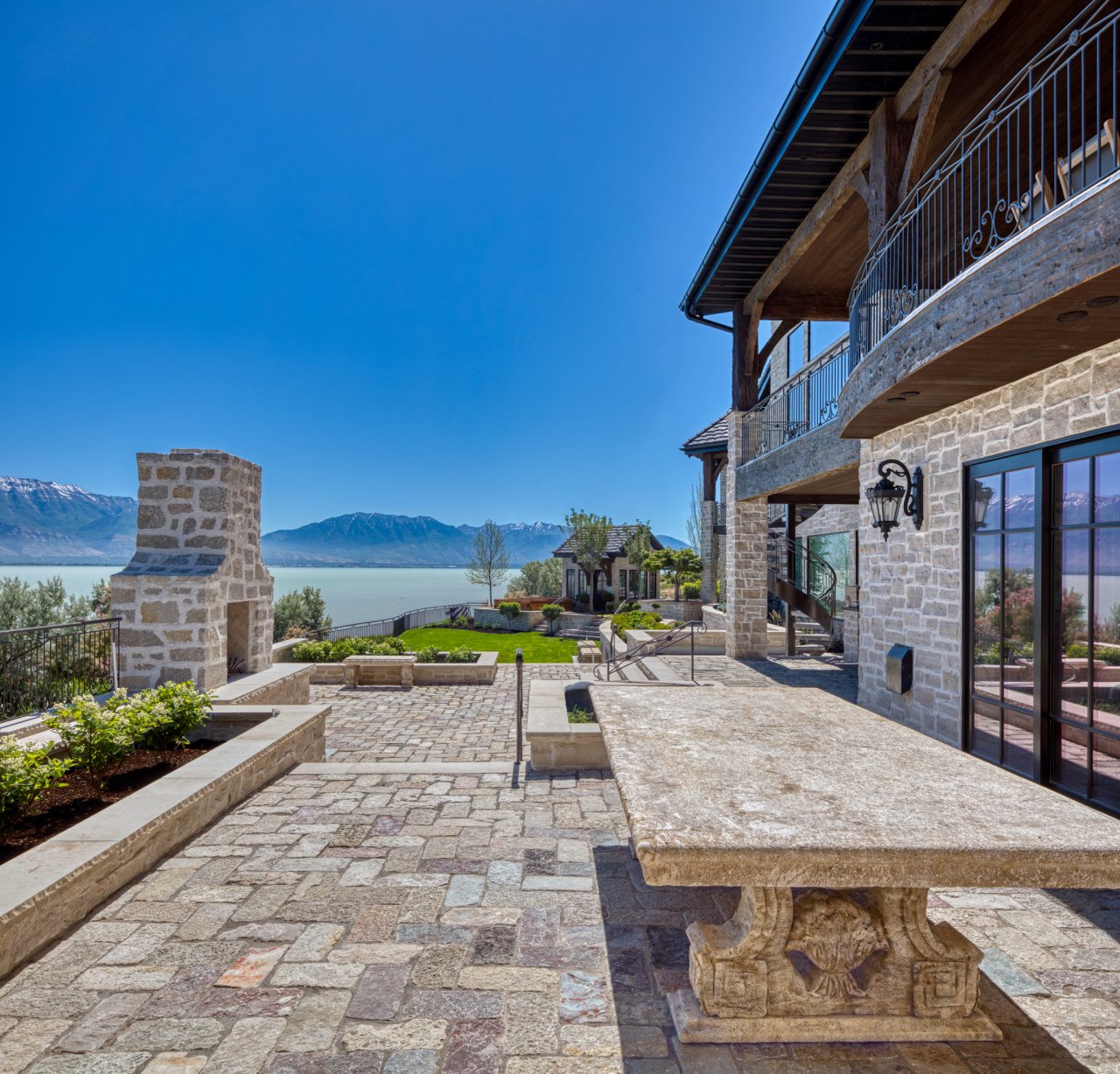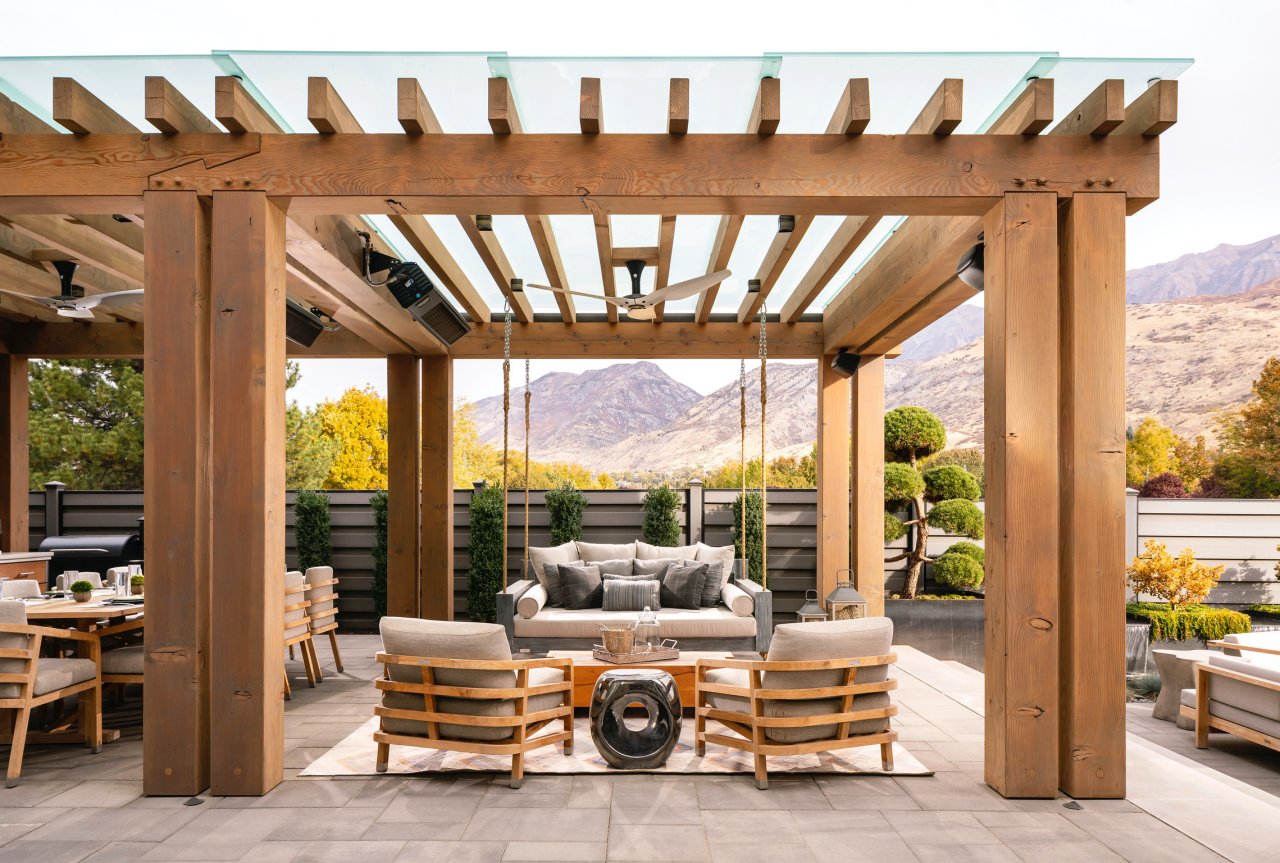Protecting Your Investment With Property Care
The care you put into your lawn, gardens and hardscapes determines how your landscape ages and how long it will last — but if you’re new to landscape maintenance, you might not know where or how to begin.
We asked our property care crews for some basic landscape maintenance tips to help you out, and here’s what they came up with!
The horticultural industry is huge, and many people (us included!) devote their entire lives to designing and caring for outdoor spaces.
But you don’t need a degree in horticulture to learn how to maintain your garden beds — you just need to know a bit about the plants, trees and shrubs that grace your property and how to care specifically for them. (If you don’t know what plants are in your garden, try the PlantSnap smartphone app!)
Some basic garden chores include weeding, pruning, watering, mulching and removing dead leaves, branches and other debris from your garden. (For a complete checklist, download our free property care guide.)
To maintain a healthy lawn at the most basic level you need to mow, fertilize and water it on a regular basis — no surprises there.
But how you perform these tasks is what makes the difference, especially when you consider Utah’s limited water supplies.
Follow these tips to properly maintain a lawn in Utah:
Don’t mow too short — raise your mowing height to 2-4 inches and never cut more than ⅓ off at a time. This will allow your grass to develop deeper roots and be less reliant on surface water.
Use the right amount of fertilizer — the cool-season grasses typically grown in Utah need about 2-5 lbs of nitrogen per 1000 square feet. Some areas may need more (or less) depending on how much traffic it gets. Read the label carefully and ask a professional for help if you’re unsure what kind to get (the kid in the big box store is not a professional!).
Keep your lawn (wisely) hydrated — water before 10 AM or after 6 PM to minimize the amount lost to evaporation. If you have an irrigation system (recommended) hook it up to a smart controller so you’ll never use more water than your lawn actually needs.
Remember, too, that cool-season grasses naturally go dormant in the heat of summer. So if your grass looks a little brown mid-summer it’s perfectly normal. It’ll return to a beautiful shade of green when it cools down a little.
These areas are not as vulnerable as your lawn and gardens, but they do benefit from some basic care too.
Interlocking brick and pavers should be gently power washed yearly to keep them clean and bright, but if you have natural stone you’re better off leaving it so it can develop a lovely, natural patina.
If weeds or moss start growing in the cracks, pull them out before they become a problem. And if oil or other chemicals spill onto your patio or driveway, be sure to clean it up immediately before they stain (kitty litter can help absorb the oil).
All that’s really needed to keep your deck and wooden structures in good condition is regular cleaning and resealing every two or three years.
Also, periodically check the nuts, bolts or screws that are holding it together to make sure they are tight and don’t need replacing.
If a board is showing excessive wear after years of use, it’s a simple procedure to remove the rotted plank and replace it with a new one.
This post won’t make you an expert in landscape maintenance, but it does give you a general idea of what is involved — and if you’re confident in your green thumb and are willing and able to put in the effort, these tips will help maintain your landscape on a basic level. Feel free to download our free property care guide for some extra help.
If you’d rather leave the hard work to us, our horticultural experts will look after every detail of your space — so you can sit back and spend your free time enjoying your property and spending time creating special memories with your family and friends.
